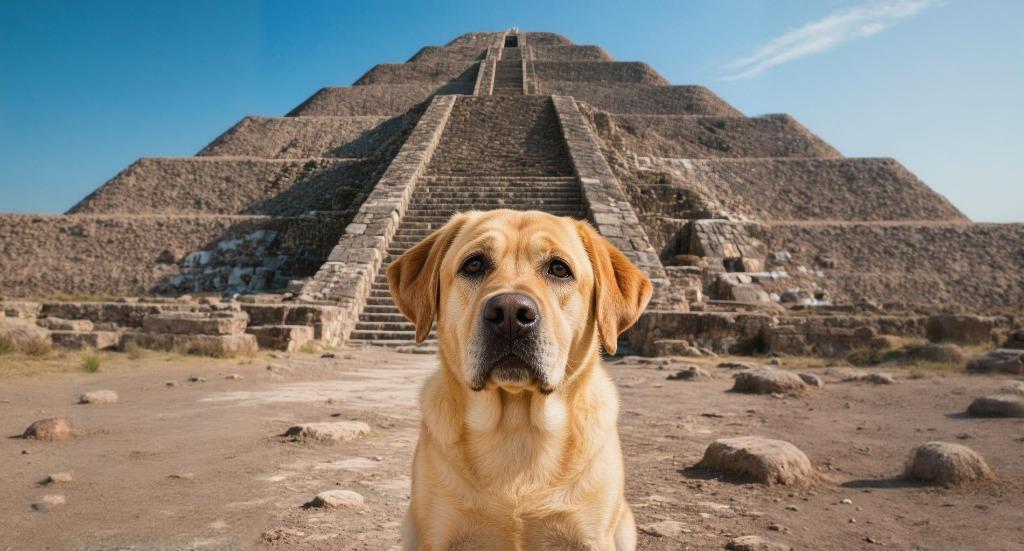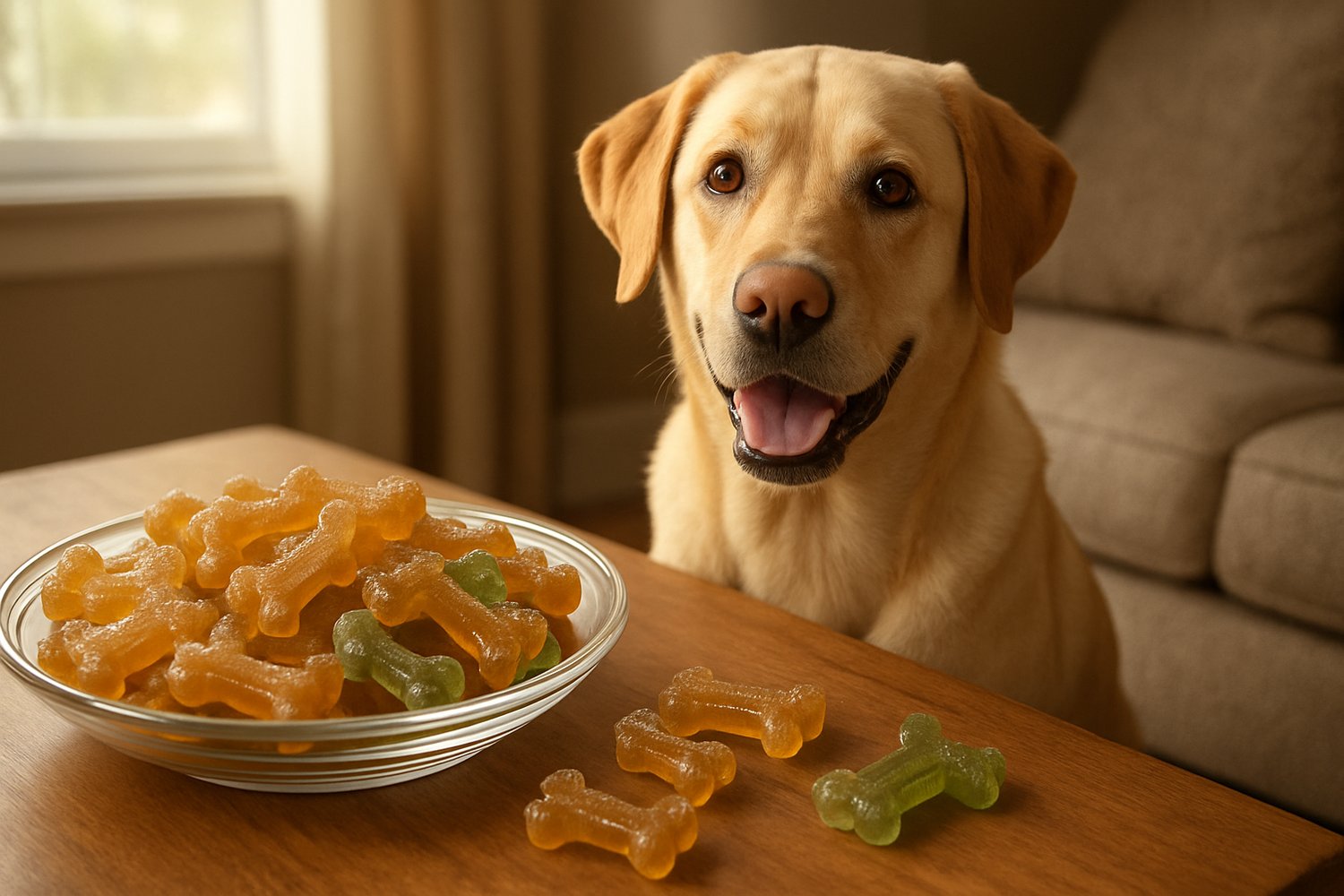I had a plan. It was a simple, foolproof plan, honed by years of experience in parks and on beaches around the world. My yellow Labrador, Max, is a fetch connoisseur. So, when we found ourselves standing on the Avenue of the Dead at the foot of the Teotihuacan pyramids, I saw not just an ancient archaeological marvel, but the ultimate fetch arena.
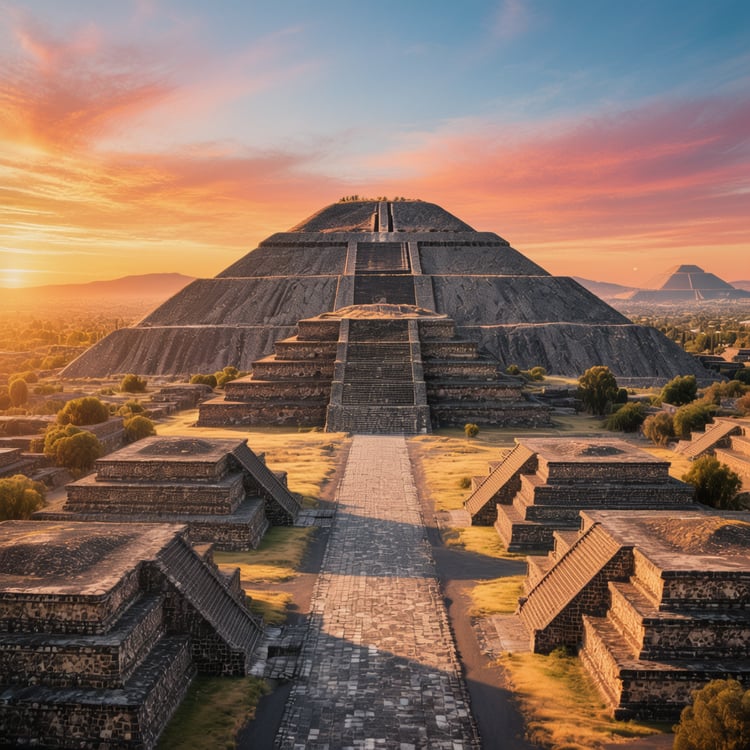
I looked at the vast, stone-paved expanse. I looked at Max, his tail wagging in anticipation, a bright blue ball clutched in his mouth. "This is it, buddy," I told him. "The most historical game of fetch of your life."
The Plan vs. The Pyramids
The plan was cinematic. I envisioned the drone shot in my head: a tiny, energetic dog chasing his ball down the very path where Aztec priests and traders once walked. I would throw the ball, it would bounce gloriously into the distance, and Max would become a legend—the Good Boy Who Fetched at the City of the Gods.
This was the plan...
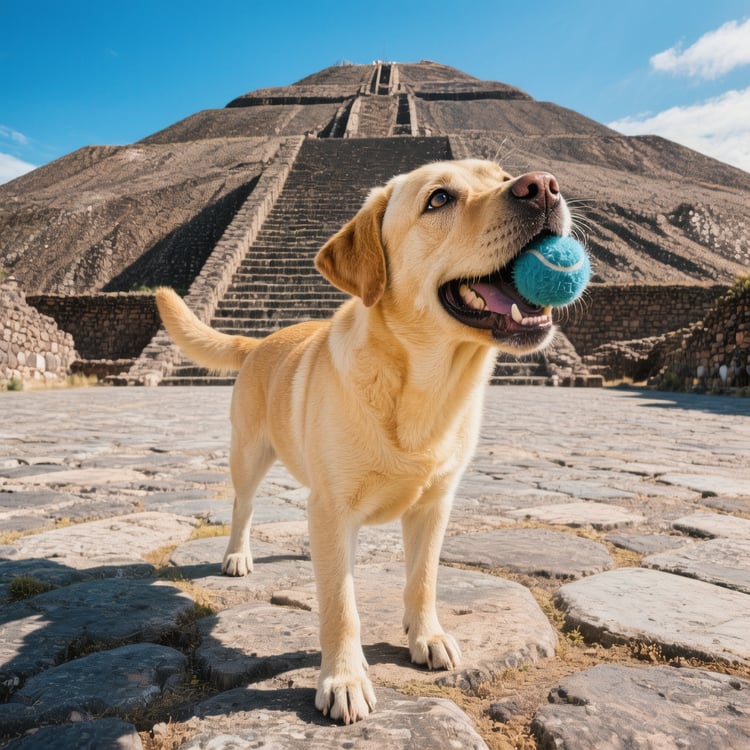
I wound up and let the ball fly with all the might a human arm could muster. There was a heroic whoosh.
And then, silence.
The ball, confronted by the unyielding, 2,000-year-old stone pavement, gave up almost immediately. It pathetically bounced, rolled a mere three meters, and came to a definitive, final stop against a weathered step. It wasn't just a failed throw; it was a surrender. A comedic wah-wah-wah might as well have echoed from the heavens.
...This was the reality. His ball had officially retired after three rolls.

A Lesson in Scale and Time
As I stood there, chuckling at the absurdity, the true scale of Teotihuacan settled in. This wasn't a park; it was a testament to human ambition. The Pyramid of the Sun, which loomed behind our little drama, was constructed around 200 CE. For over a thousand years, this city was a bustling metropolis, one of the largest in the ancient world. The people who built this place moved mountains of stone, aligned their pyramids with celestial bodies, and created a society of immense complexity.
And my modern, rubber toy couldn't even get a decent bounce on their handiwork. It was a humbling, hilarious reminder of our place in the grand, sweeping timeline of history.
I looked over at Max. He had trotted to the motionless ball, sniffed it with an air of profound disappointment, and then plopped down directly in front of the massive Pyramid of the Sun. He turned his head and fixed me with a look of pure, confused betrayal. His eyes said it all: "You threw it. It didn't come back. This is your fault. Also, where's the escalator? My paws are tired."
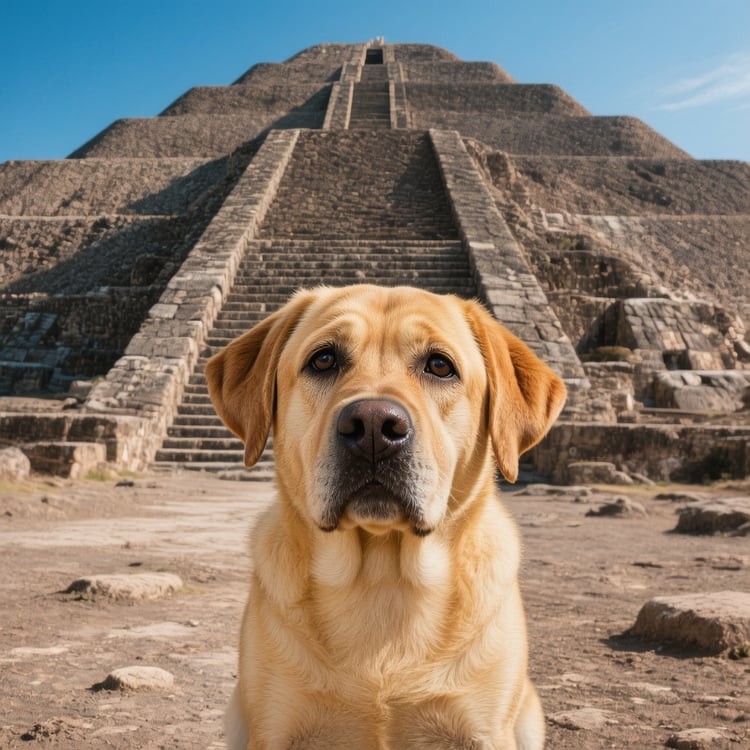
He's been waiting 500 years for it to come back.
In that moment, he wasn't just my dog; he was a timeless symbol of patience, sitting at the foot of a monument to eternity, waiting for a game that was over before it began.
Bringing History to Life (One Failed Fetch at a Time)
Traveling with Max has a way of grounding even the most awe-inspiring places. The pyramids of Teotihuacan are incredible, but it was Max's simple, failed desire to play that made the experience personal and unforgettable. It connected us to the humanity of the place—the people who surely lived, worked, and maybe even played with their own pets on those very grounds.
We didn't uncover any ancient artifacts or decode Aztec glyphs. But we created our own little, laughable piece of history that day: The Legend of the Aztec Fetch Fail.
Have you ever had a travel plan that went hilariously wrong because you underestimated the power of history? Or has your pet ever given you that 'look of ultimate betrayal' in a famous place? Share your stories in the comments below—I'd love to hear them!
Want to see the fetch fail in all its glory? Watch the short video! And for more of Max's global misadventures, be sure to follow along here on the blog. If this post inspired you to treat your own adventuring pup, check out my cookbook, Pawsitively Perfect: 110+ Gourmet Home-Made Dog Food Recipes, for healthy and delicious ways to fuel your four-legged explorer.



